Everything You Need To Know About Recreational Drugs
What are recreational drugs?
Recreational drugs are substances people take for enjoyment, relaxation, or stimulation rather than for medical reasons. Some are legal, like alcohol and nicotine. Others, like cocaine or MDMA, are illegal. All can affect your physical and mental health.
This guide breaks down some of the most commonly used recreational drugs in the UK, what they do, and the risks involved in taking them.
Alcohol
Legal | Depressant
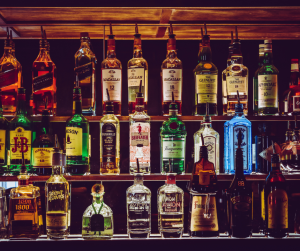
Alcohol slows down brain activity. People drink it to relax or feel more sociable, but it also affects judgement, coordination, and mood.
Short-term effects:
- Feeling relaxed, talkative or sleepy
- Impaired coordination and decision-making
- Increased risk of accidents or aggression
Risks:
- Addiction (alcohol dependency)
- Liver damage, heart disease, and cancer
- Mental health issues like depression and anxiety
- Risk of overdose (alcohol poisoning)
Nicotine (found in cigarettes and vapes)
Legal | Stimulant

Nicotine is one of the most addictive substances available. It speeds up the nervous system and creates short bursts of alertness or calm.
Short-term effects:
- Mild stimulation or relaxation
- Temporary relief from stress or anxiety
Risks:
- Highly addictive
- Increased risk of heart disease, stroke, and cancers (especially lung)
- Damage to blood vessels and lungs
There is an ongoing debate around the long-term impact of vaping.
Caffeine (found in tea, coffee, energy drinks)
Legal | Stimulant
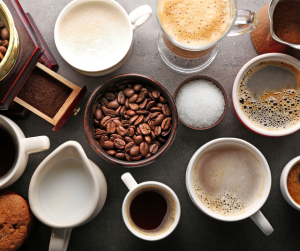
Caffeine is widely used to increase alertness and reduce tiredness. While safe in moderation, too much can cause issues.
Short-term effects:
- Increased alertness
- Faster heartbeat or jitteriness
- Difficulty sleeping
Risks (at high doses or long-term use):
- Anxiety, restlessness
- Dependency (caffeine withdrawal)
- Sleep problems, raised blood pressure
Cannabis
Class B | Depressant and mild hallucinogen
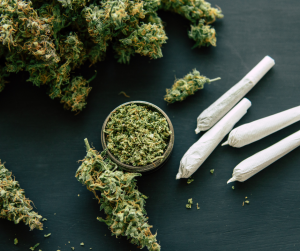
Cannabis is one of the most commonly used illegal drugs. People use it to relax or feel high, but it affects mood, memory, and motivation.
Short-term effects:
- Feeling relaxed or giggly
- Slower thinking and coordination
- Paranoia or anxiety in some users
Risks:
- Can affect mental health, particularly in younger people
- Linked to psychosis, especially with strong strains
- Can lead to dependency with regular use
- Impacts memory and concentration
Cocaine (Crack)
Class A | Stimulant
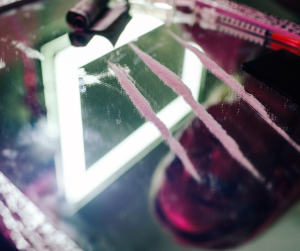
Cocaine gives a short-lived rush of energy and confidence. Crack is a smokable, more intense form of cocaine.
Short-term effects:
- Increased energy and alertness
- Raised heart rate and blood pressure
- Feelings of euphoria or confidence
Risks:
- Highly addictive
- Can cause heart attacks or strokes
- Severe mood swings, paranoia, or anxiety
- Expensive habit with long-term consequences
MDMA (Ecstasy)
Class A | Stimulant with hallucinogenic effects
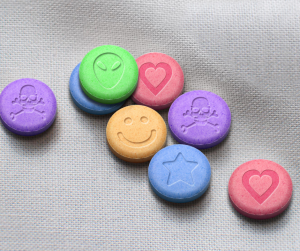
MDMA creates feelings of warmth, connection, and euphoria. However, it puts severe strain on the body.
Short-term effects:
- Increased energy and emotional closeness
- Heightened senses and body temperature
- Dehydration or overheating
Risks:
- Can cause organ failure in high doses
- Depression or anxiety during the comedown
- Memory problems with frequent use
- Often mixed with other substances
Ketamine
Class B | Dissociative anaesthetic

Ketamine can create an out-of-body feeling or hallucinations. It also numbs the body, which can lead to injury.
Short-term effects:
- Detachment from reality
- Drowsiness, confusion, or hallucinations
- Slurred speech and impaired movement
Risks:
- Bladder and kidney damage with regular use
- Memory problems
- Risk of overdose or accidents during dissociation
LSD (Acid)
Class A | Hallucinogen
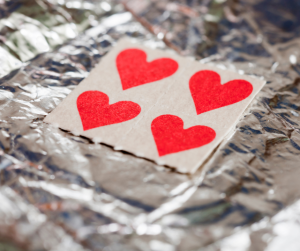
LSD distorts perception and can cause intense visual or emotional experiences, often called “trips.”
Short-term effects:
- Hallucinations and altered sense of time
- Mood swings
- Unpredictable reactions
Risks:
- ‘Bad trips’ can trigger fear or panic
- Risk of long-term mental health problems
- Flashbacks (Hallucinogen Persisting Perception Disorder)
Poppers (Amyl Nitrite)
Not currently controlled under the Misuse of Drugs Act
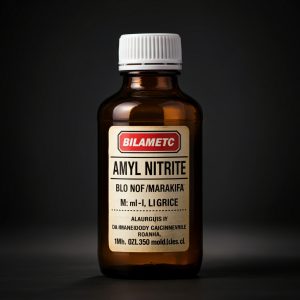
Used for a quick head rush or to enhance physical sensation, particularly during sex.
Short-term effects:
- Sudden euphoria
- Relaxation of muscles
- Light-headedness or dizziness
Risks:
- Low blood pressure, fainting
- Chemical burns or breathing issues
- Dangerous if swallowed or combined with erectile dysfunction drugs
Nitrous Oxide (Laughing Gas, Balloons)
Class C | Inhalant
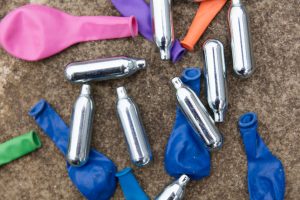
Nitrous oxide causes short bursts of euphoria. It’s typically inhaled from balloons but can deprive the brain of oxygen.
Short-term effects:
- Euphoria, giggles, and dizziness
- Distorted sound or vision
Risks:
- Falls or accidents due to loss of control
- Suffocation risk from incorrect use
- Nerve damage or paralysis with heavy use
Need support?
No recreational drug is risk-free. Some are legal and widely used, while others are banned but remain common. Many carry long-term health risks, especially when used regularly or combined with other substances.
Alcohol and drug misuse, also known as substance abuse, is when a person’s drinking or drug use becomes problematic, harmful, or dependent.
Problematic, harmful, or dependent alcohol and drug use is when someone:
- puts themselves or others in danger
- drinks or take drugs despite the risk of physical and mental illness
- craves and uses alcohol or drugs even when they contribute to health, social, or financial problems
There are different approaches to making positive changes to your drug or alcohol use. It’s essential you choose what’s right for you.
